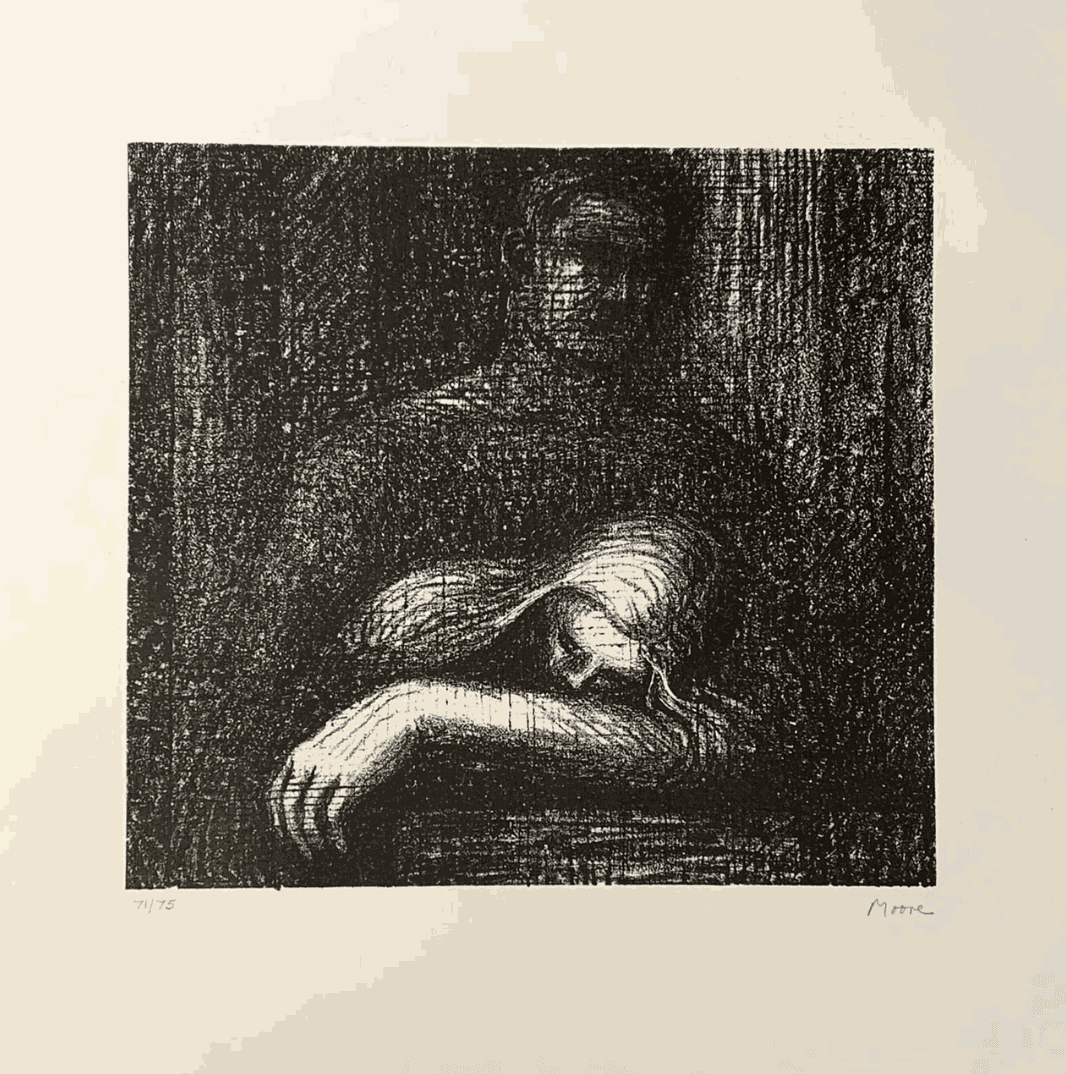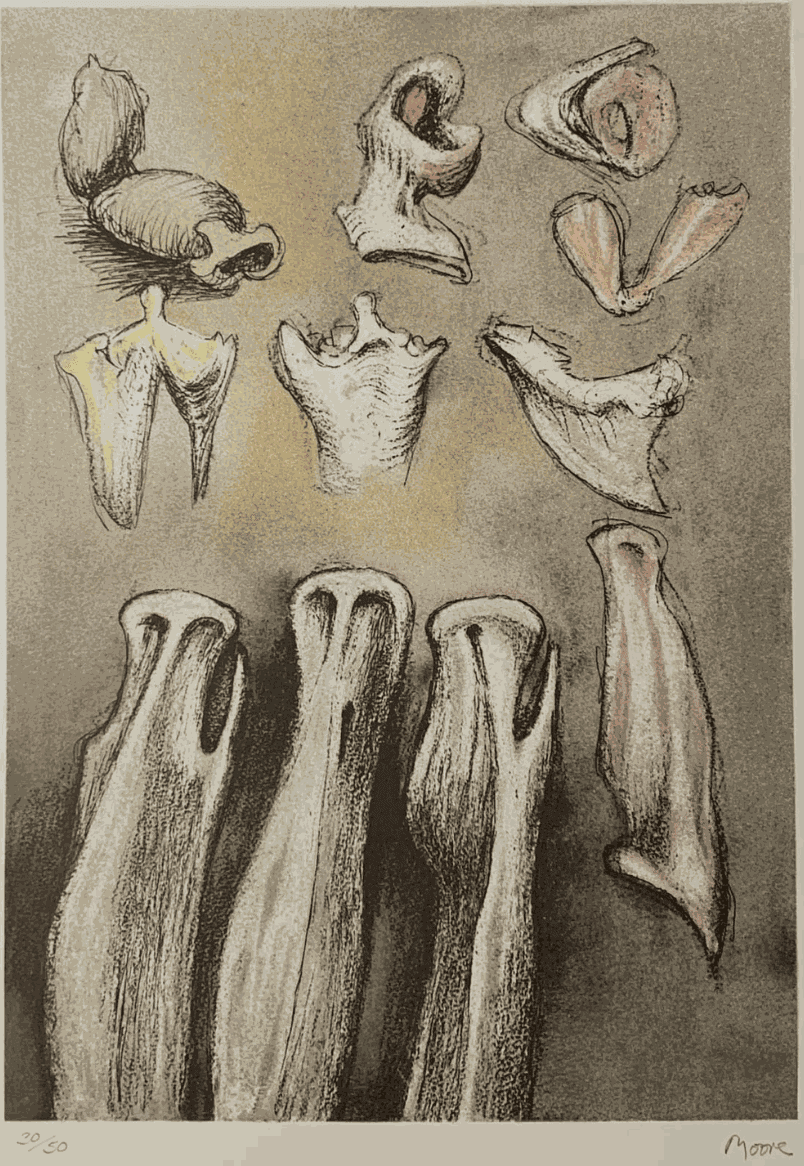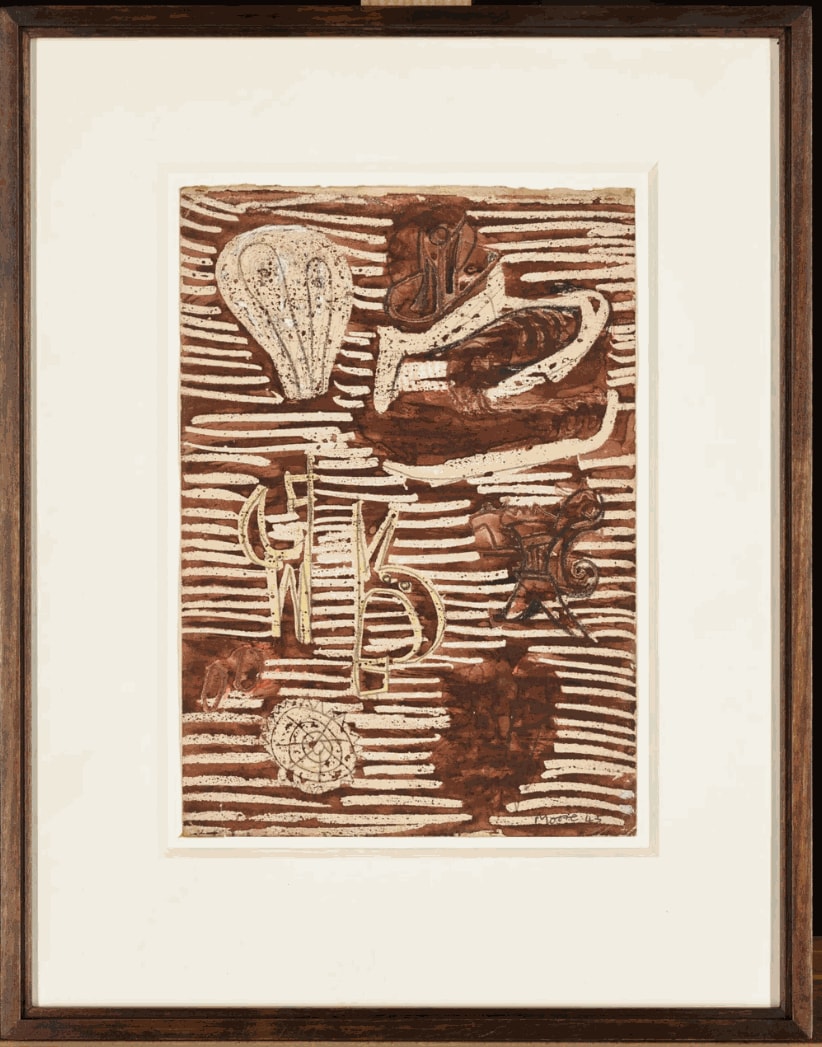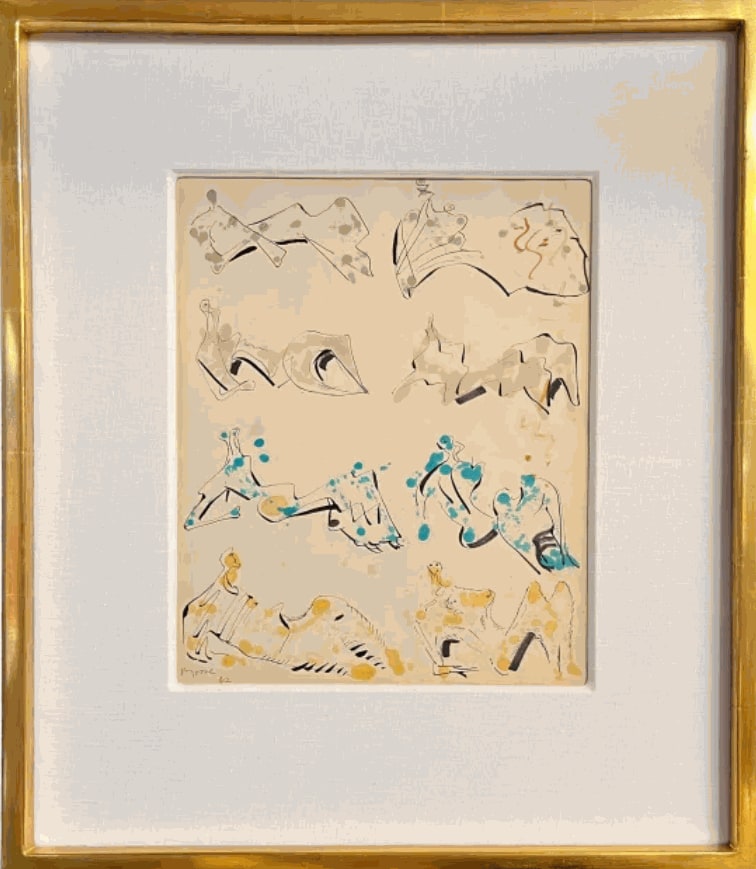Henry Moore stands as one of the most recognisable names in Modern British sculpture. Best known for his large-scale, abstract forms placed across civic spaces and cultural institutions, he redefined how the public interacted with art. Yet, what’s often overlooked is just how much his work helped shape post-war Britain’s cultural psyche.
As a 20th-century British artist, Moore bridged classical influence with bold experimentation, speaking quietly but powerfully to national recovery, memory, and identity. His legacy is more than sculptural, it’s deeply social. So, why does that still matter? In a way, because his work never stopped speaking.
Introducing Henry Moore
Born in 1898 in Castleford, Yorkshire, Henry Moore grew into a name virtually inseparable from the evolution of Modern British sculpture. His abstract figures often reclining, pierced, and monumental helped forge a new language in public art. Yet it wasn’t only form that made Moore matter. It was the places his work appeared: parks, universities, civic centres, spaces where ordinary life unfolded. That placement alone carried weight.
By the mid-20th century, his sculptures had moved well beyond galleries, becoming visual markers of a country rebuilding itself. And so, his reputation flourished not through exclusivity but visibility. Moore was a sculptor for the people, in the public eye. Today, galleries like Contemporary Six continue to showcase his work, linking a cultural past with a present that still finds meaning in his forms.
Early Life and Artistic Development

Moore’s early years in Yorkshire weren’t defined by privilege. His father was a coal miner who valued education over manual labour. That mindset, coupled with a fascination for nature and the human figure, shaped much of Moore’s artistic outlook. After serving in World War I, he took up a scholarship at Leeds School of Art, later moving to the Royal College of Art in London. There, he didn’t just study form he absorbed it from everywhere: Aztec carvings, African masks, Italian Renaissance sculpture.
His work began to favour simplification over realism. Hollowed-out forms, elongated limbs, and fragmented torsos appeared regularly, partly influenced by his encounters with primitivism and natural shapes like bones and stones. These weren’t just stylistic flourishes. They were early signals of a shift from representation to interpretation, from portraiture to presence, that placed Moore on the path to becoming a defining figure of abstract sculpture in the UK.
From War Artist to Public Sculptor
During World War II, Moore’s work took on a more intimate urgency. Commissioned as an official war artist, he created a series of deeply moving drawings depicting Londoners sheltering in the Underground during the Blitz. These weren’t heroic portraits, they were quiet studies of vulnerability, community, and survival. For someone best known for stone and bronze, it was these tender sketches that drew national attention.
After the war, his focus shifted once again — this time upward and outward. Large-scale commissions rolled in from newly built public institutions, including schools, hospitals and government buildings. Moore wasn’t sculpting for collectors’ homes; he was working for the public eye. That transition from observer of war’s impact to architect of cultural healing is, arguably, where his influence as a British sculptor legacy truly began to take shape. He didn’t just respond to history; he helped rebuild what it looked like.
Moore’s Role in Shaping Post-War Britain

In the fragile years following WWII, Britain sought to redefine itself not only in policy and infrastructure but in spirit. Moore’s work became part of that rebuilding. His sculptures were commissioned for major cultural institutions, including UNESCO in Paris and the United Nations in New York, positioning him not just as a British artist but a global one. Still, it was the commissions closer to home; outside schools, housing estates, and civic squares that made his work feel woven into the everyday.
These pieces weren’t decorative; they were symbolic. Reclining figures and mother-and-child motifs spoke of endurance, community and renewal. In some respects, his sculptures became visual shorthand for post-war British values. At a time when abstraction often felt remote, Moore’s forms somehow struck a chord, personal, public, and national all at once. That’s the crux of the Henry Moore cultural impact: his ability to connect monumental scale with shared emotion.
Public Art, Identity and National Memory
Few artists have embedded themselves in public space as convincingly as Moore. His sculptures appeared not just in galleries, but outside hospitals, libraries, and parks — part of the fabric of daily life. That visibility made them more than artworks; they became markers of shared identity and cultural memory.
His abstract forms, though non-literal, drew public attention and interpretation. People recognised emotion in them, resilience, shelter, kinship, even without knowing their titles. In that sense, Moore's work helped shape how Britain viewed itself in the wake of the conflict. His public art wasn’t decoration. It was quietly political, asking the viewer not just to look, but to reflect on who they were and where they stood.
Moore’s Lasting Influence on British Culture

Moore reshaped how sculpture is seen and where it belongs. His public works encouraged a generation of artists to think beyond gallery walls, a shift visible in figures like Antony Gormley. Institutions such as the Henry Moore Foundation and Yorkshire Sculpture Park continue to promote his legacy, not as static history, but as an evolving influence. In schools, he’s still studied as a key 20th-century British artist, not simply for form, but for his social reach. His ideas endure not because they’re preserved, but because they still provoke thought, decades after they first entered public consciousness.
Why Henry Moore Remains Relevant Today

So, what keeps Moore relevant now? Partly, it’s the way his work bridges eras. His sculptures speak to a moment in British history of rebuilding, reckoning, and renewal, yet they do so with forms that feel timeless. As debates about public space and cultural memory grow more urgent, Moore’s work offers a kind of blueprint: art that is thoughtful without being remote, abstract but still emotionally legible.
He also continues to feature in contemporary Henry Moore exhibitions, reinforcing his place not only in historical dialogue but in ongoing artistic discourse. Collectors and institutions still pursue his work, not just for its provenance, but because it holds value, aesthetically, culturally, and economically.
At Contemporary Six, Moore’s legacy isn’t boxed up or archived. It’s present, visible, and meaningful to those exploring how the past still shapes the art we collect and engage with now. For enquiries or to view available works, feel free to contact us.

